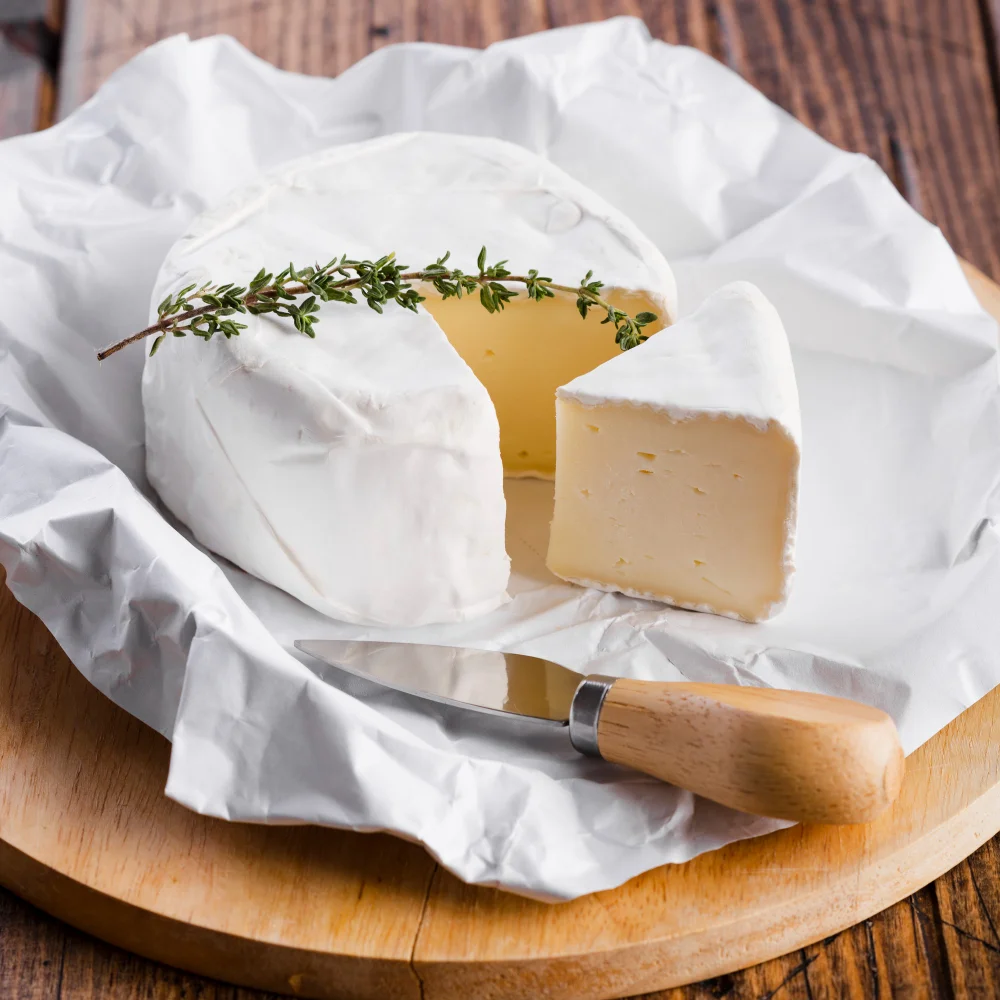Iceland, the land of fire and ice, is not only famous for its stunning landscapes and geothermal wonders but also for its rich dairy tradition. Among its dairy products, Icelandic cheese stands out for its unique flavours, traditional methods, and cultural significance. In this article, we delve into the world of Icelandic cheese, exploring its history, types, production processes, and culinary uses, offering readers a comprehensive guide to this delectable aspect of Icelandic cuisine.
A Historical Perspective
Dairy farming has been a cornerstone of Icelandic agriculture for over a thousand years. The harsh climate and rugged terrain have necessitated a resilient and resourceful approach to food production. Early Icelanders relied heavily on dairy products, including cheese, to sustain them through long, harsh winters. However, cheese-making, except for skyr, nearly vanished for centuries due to cold weather, volcanic eruptions, and the scarcity of salt, which is crucial in cheese production.
The revival of cheese-making in Iceland began in the 1960s when farmers were encouraged to keep cows, resulting in an abundance of milk. The state-run company Osta og Smjörsalan played a significant role in this resurgence, promoting cheese consumption through marketing campaigns and collaborations with well-known housewives. Today, Icelanders are the fourth biggest cheese eaters in the world, consuming 28 kg of cheese per person annually, following France, Greece, and Turkey.
Types of Icelandic Cheese
Icelandic cheese comes in various forms, each with its own distinct characteristics and cultural significance.
Skyr
Perhaps the most famous of Icelandic dairy products, skyr is a thick, creamy cheese often mistaken for yoghurt. Its origins date back to the Viking Age, making it a staple in Icelandic diets for centuries. Skyr is made from pasteurised skim milk and a bacterial culture, resulting in a product that is high in protein and low in fat. Its slightly sour taste and smooth texture make it versatile, enjoyed plain or with added sweeteners like berries, honey, or sugar. Skyr’s popularity has extended beyond Iceland, now available in many countries worldwide.
Íslenskt Smjör (Icelandic Butter)
While not a cheese in the traditional sense, Icelandic butter is renowned for its rich flavour and quality. Made from milk of cows that graze on natural pastures, it embodies the purity and richness of Icelandic dairy.
Höfuðostur
Höfuðostur, or head cheese, is a traditional Icelandic product made from the head of a calf or pig, set in a jelly-like form. Although not a cheese in the dairy sense, it holds a special place in Icelandic cuisine, often served with bread and butter. Höfuðostur, also known as head cheese, is a traditional Icelandic food made from a sheep’s head. It’s set in a jelly-like form and eaten sliced, often served with bread and butter. While not technically a cheese in the dairy sense, it holds a special place in Icelandic cuisine.
Icelandic Brie and Camembert
Inspired by their French counterparts, these cheeses are produced locally in Iceland. They offer a unique flavour profile, influenced by the distinctive characteristics of Icelandic milk. These soft cheeses are creamy and aromatic, adding a touch of sophistication to any cheese platter.
Tindur
Tindur is an aged, semi-hard cheese similar to Gouda. It has a robust flavour that intensifies with age, making it ideal for cooking or enjoying on its own. The cheese is often used in traditional Icelandic dishes, adding depth and richness to various recipes.
The Production Process
Icelandic cheese production is deeply rooted in tradition, yet it embraces modern techniques to ensure quality and sustainability. Dairy farming in Iceland is characterised by small-scale operations where animal welfare and environmental stewardship are paramount. Cows graze on natural pastures, contributing to the exceptional quality of the milk used in cheese production.
Traditional cheese-making methods are meticulously followed, with an emphasis on natural ingredients and minimal processing. This approach not only preserves the authentic taste of the cheese but also supports the health and well-being of consumers. Modern advancements in dairy technology have been seamlessly integrated, enhancing efficiency without compromising quality.
Culinary Uses
Icelandic cheese is a versatile ingredient, featured in a variety of traditional and contemporary dishes. Skyr, for instance, is used in smoothies, desserts, and even savoury recipes. It pairs well with fresh fruit, honey, or granola for a healthy breakfast or snack. Tindur cheese adds a rich, nutty flavour to dishes like gratins, soups, and salads. Icelandic Brie and Camembert are perfect for cheese boards, accompanied by fruits, nuts, and artisanal bread.
Cultural Significance
Cheese plays a vital role in Icelandic culture, featured prominently in festivals, celebrations, and daily life. Dairy products, including cheese, are celebrated during Þorrablót, a midwinter festival where traditional foods are enjoyed. This cultural heritage underscores the importance of cheese in Icelandic identity and tradition.
Additionally, local cheese shops like Búrið in Reykjavik harbour area, owned by Eirný Sigurðardóttir, offer insights into Icelandic cheese culture. Sigurðardóttir, an expert in Icelandic cheese, hosts lunch seminars that delve into the history and unique aspects of Icelandic dairy, providing a rich cultural and educational experience for locals and visitors alike.
Global Impact and Export
In recent years, Icelandic cheese has gained international acclaim, with products like skyr becoming household names in many countries. The global demand for high-quality, natural dairy products has bolstered Iceland’s export market, bringing a taste of Icelandic tradition to a wider audience.
Conclusion
Icelandic cheese is a testament to the country’s rich dairy heritage and commitment to quality. From the ancient tradition of skyr to the modern adaptations of Brie and Camembert, Icelandic cheese offers a unique and delicious experience. Its cultural significance, coupled with sustainable production practices, ensures that Icelandic cheese will continue to be cherished both locally and globally. As you explore the diverse flavours and textures of Icelandic cheese, you’ll discover a profound connection to Iceland’s history, culture, and natural bounty.
















+ There are no comments
Add yours